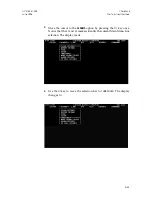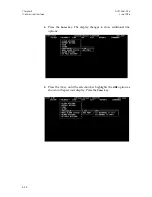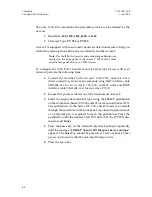
Table 6-A. Rules for Configuring Access-Ts as Master and Slave
MASTER
SLAVE
Access-T01/02
DSU/CSU
Access-T Series 100,
200, & 400 DSU/CSU
Access-T 1500
DSU/CSU System
Access-T 01/02
DSU/CSU
X
Access-T Series 100, 200,
& 400 DSU/CSU
X
X
X
Access-T 1500
DSU/CSU System
X
X
X
An “X” indicates which Access-Ts may be used as slaves to the master Access-T in the first column. A
shaded box indicates an illegal configuration.
Before attemping to connect and configure an Access-T 100 via the Chain Port, read the Mixing
Software Version in Access-T Chains section at the beginning of Chapter 3.
Connecting to an SNMP Manager
Before connecting Access-T to an SNMP manager, you must define all the
necessary SNMP settings on Access-T, including its IP address, trap manager
address, interface type, etc.
Note:
Please read the Contraints of Operating Access-T with
SNMP
section at the end of Chapter 1 before connecting to an
SNMP manager.
If Access-T is configured as a slave, the following SNMP parameters do not
apply: Time-to-Live, Trap IP Protocol, PPP Support (and options), SLIP
Support, Interbyte Timeout, Sets Disabled,
and Sets Allowed Addresses.
To setup Access-T to communicate with an SNMP manager, follow these steps:
1.
Select
SYSTEM
from the Main Menu Line.
2.
Select the
SNMP
option.
3.
Select the
MANAGEMENT
option. Select
YES
to activate SNMP management.
(Select
NO
to deactivate SNMP mangement.) Press the
Enter
key.
4.
Select the
SETS DISABLED
option. Select
YES
to disable Access-T’s ability
to perform SET commands via the SNMP interface. (Select
NO
to allow
SET command to be sent.) Press the
Enter
key.
ACST-0351-005
Chapter 6
June 1996
Configuration Procedures
6-5






























